🎨 Artistic space #14 - The eccentric Salvador Dalí
Salvador Felipe Jacinto Dalí Domenech, or better known simply as Salvador Dalí, was a brilliant Spanish painter, sculptor, designer, writer and filmmaker who was born in Girona on 11 May 1904, the son of a notary and a woman who was fond of birds.
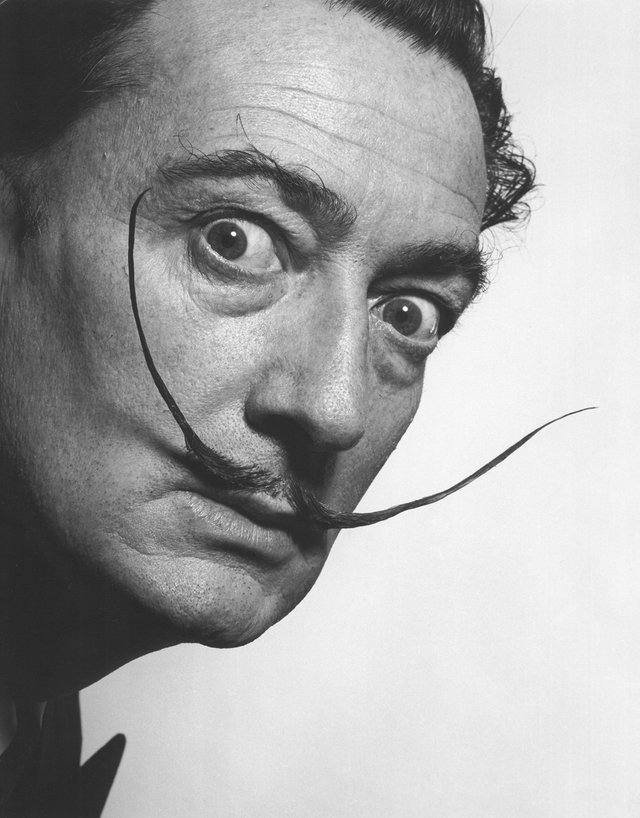
Since childhood, he was marked with the stigma of a brother who had died of meningitis three years before his birth and who bore his same name, Salvador. When Dalí was 5 years old, his parents took him to his grave and told him that he was the reincarnation of the dead child, a story he undoubtedly believed to be true.
According to his words: "I have lived death before living life. My brother died of meningitis, at the age of seven, three years before my birth, we looked like two drops of water, only with different reflections.
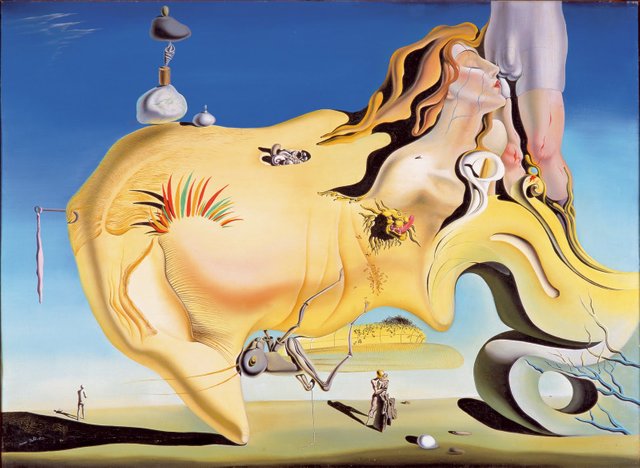
Dalí also had a sister, named Ana María, who was his model for many years and who, in 1949, published a book entitled "Dalí was seen by his sister".
Thanks to his mother's advice, Salvador took painting lessons with the master Juan Núñez, to whom he would later attribute the development of his technique. At the age of 12 he became an impressionist, at the age of 14 he became a cubist and at the age of 15, he became editor of the magazine Studium, where he drew imitations for the section "Los grandes maestros de la Pintura" (The Great Masters of Painting).

At the age of 16, Dalí was orphaned and his father married the sister of the deceased, which generated a deep feeling of rejection towards the couple and a year later prompted his trip to Madrid. Installed in the Spanish capital, he studied at the Royal Academy of Fine Arts of San Fernando where he became friends with Luis Buñuel, Federico García Lorca and Alexandre Deulofeu.
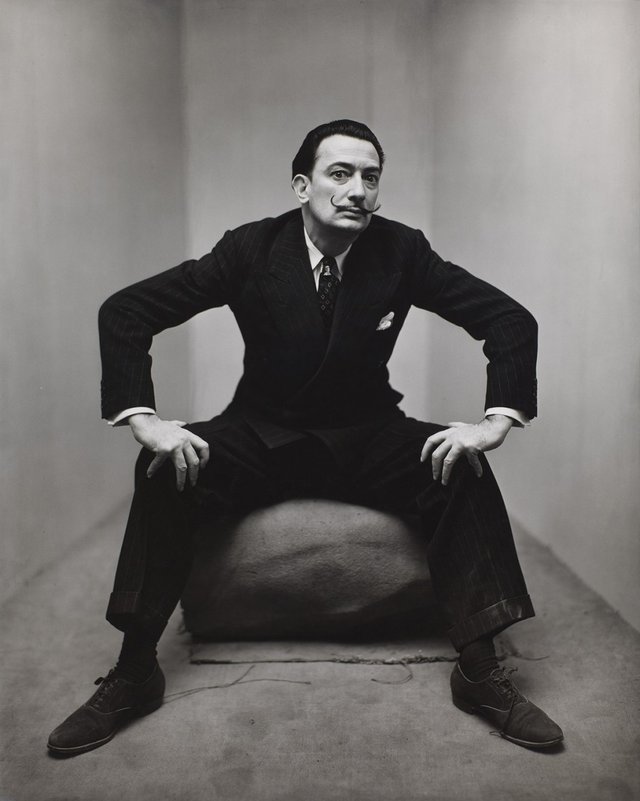
During his youth, he experimented with Cubism and Dadaism and became notoriously popular because of his eccentric appearance as his incredible paintings. In 1924 Dalí illustrated his first book "Les bruixes de Llers", by the poet and friend Carles Fages de Climent.
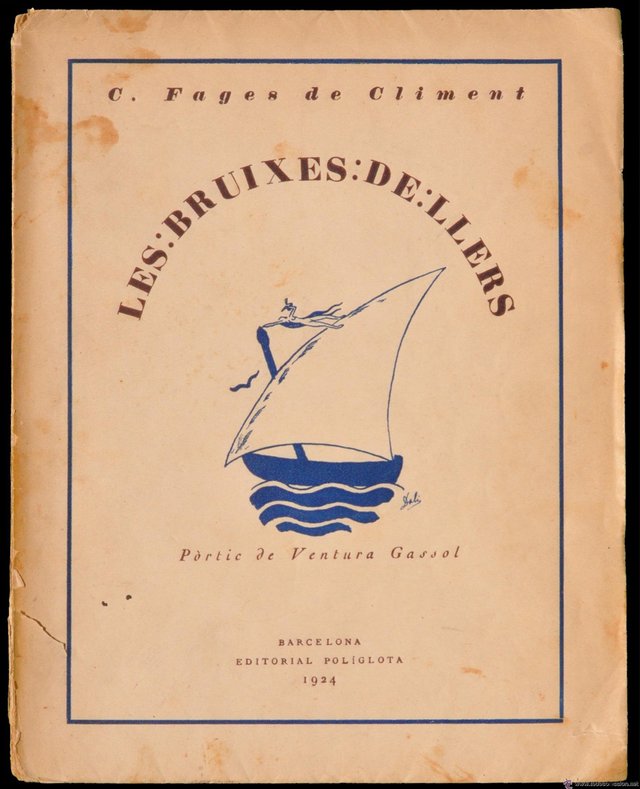
In 1926 Salvador is banished from the Academy because of his pride and idolatry, the young man stated that no one in the institution was capable enough to take an exam. During that year Dalí travels to Paris where he meets Pablo Picasso, who notably influenced his works while shaping his own style. He also collaborated with Luis Buñuel in the film "Un Perro Andaluz" (An Andalusian Dog).
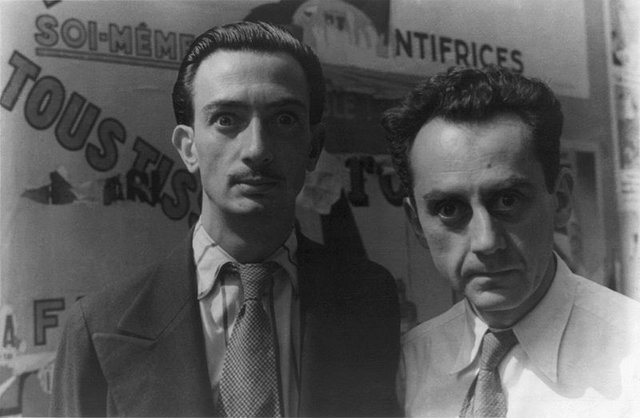
In his works, the painter made use of the images he perceived in his dreams, inventing the method he baptized as "paranoid-critical", from which emerged the works in which two images are seen in a single configuration.
Already a reference of the surrealist movement, Dalí receives visits from actors of this world among which were the poet Paul Éluard and his wife Gala, a Russian immigrant, an 11-year-old lady with whom he is completely in love.

In 1929, Dalí specified his idyll with Gala and painted "Adequacy of Desire, Illuminated Pleasures, and The Great Masturbator". In 1932 he marries the woman of his life, and in his own words says: "I love Gala more than my mother, more than my father, more than Picasso and even more than money.
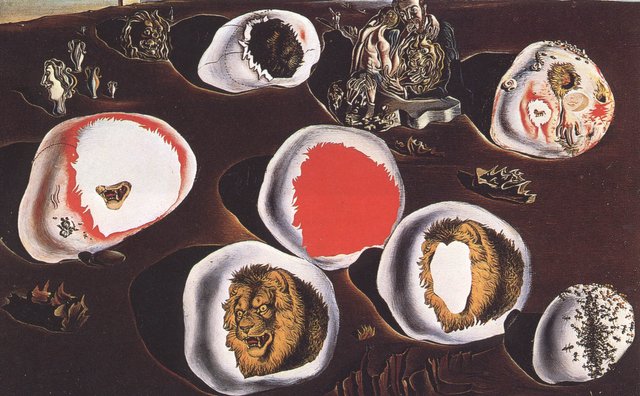
Because of Dalí's relationship with his wife and the libertine life they led, Salvador's father broke off relations with him. This fact led the eccentric painter to create his most famous painting called "Persistence of Memory" in which melted clocks hang from the branches of a tree.
At the same time Dalí left for the United States with his wife, and as soon as he set foot in these lands, his eccentric and crazy ideas made themselves felt. Two years later Spain is a prey of the civil war where there is death by murderous hands his great friend Federico García Lorca.
It was during those years that he met the father of psychoanalysis Sigmund Freud, who had inspired him in the surrealist aesthetics, who after the meeting wrote in his diary: "Until then I was tempted to consider the surrealists, who apparently have chosen me as their patron saint, as integral madmen (let's say 95%, like pure alcohol). That young Spaniard, with his splendid fanatical eyes and undeniable technical mastery, moved me to reconsider my opinion.
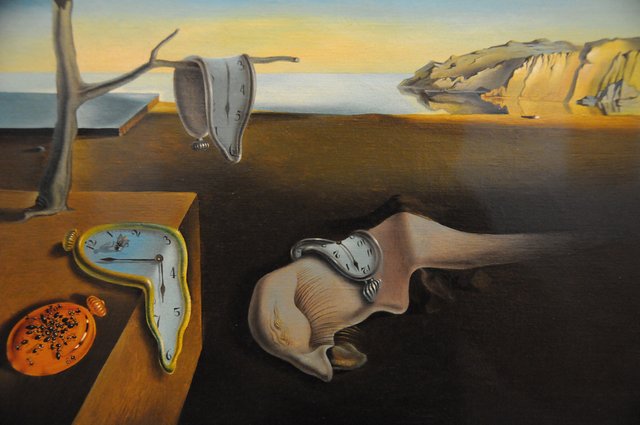
In 1948 he returns to his homeland and is benefited by the Franco regime, a government that declared Port-Lligat, the painter's favorite spot as "picturesque and of national interest". During this period Dalí creates religious images such as "La Madonna de Port Lligat" and shows an approach to the dictator's ideology with the portrait he made of his granddaughter riding a translucent horse.
Already a world-renowned celebrity, Dalí designs a multitude of creations in various genres, such as painting, sculpture, crockery, jewelry, perfumes, etc. In 1974 he opened the Dalí Theatre-Museum and in 1981 he proudly received the Gold Medal from the Generalitat de Catalunya without knowing that his years of glory and happiness were coming to an end.
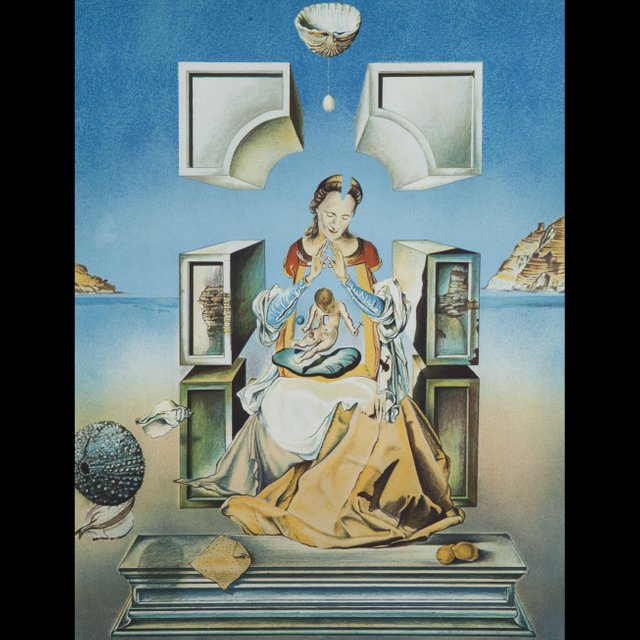
Gala, his beloved wife dies in 1982 and Dalí, imprisoned by a deep sadness, moves to Púbol Castle where he buries his wife in the crypt they built to rest eternally together. The eccentric painter remained in his room until his death on 23 January 1989.
Thank you for reading 😊


If you liked reading this article, feel free to FOLLOW ME, UPVOTE and RESTEEM! It's always appreciated =D. Thank you all for your support and see you soon for the news flamingirl's adventures!


I love Salvador Dali
I think it's the best painter of his time
I love Dali too!!! <3
Always love a good Dali read, thanks for sharing @flamingirl
Thanks for stopping by and commenting! =D
Have a nice day!
Thanks for this post. What a great painter...
Thanks for stopping by and commenting! =D
Have a nice day!
What was sad was how the people who took care of him took advantage of him when he was very old and very senile.
very good publication very well documented and written. Congratulations
Posted using Partiko iOS
Yes, so sad...
Thanks for stopping by and commenting! =D
Have a nice day!